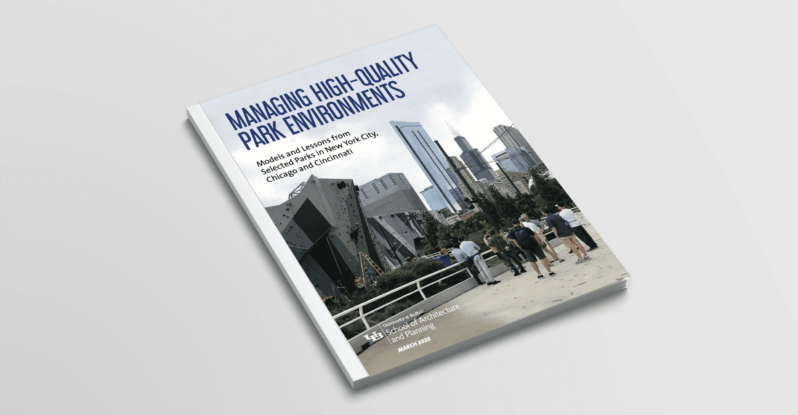Key Findings:
- Seattle Parks identified the most viable sites by considering both the needs of migrating juvenile salmon and the potential conflicts with human uses at various park sites.
- Minor interventions can result in viable restored or new salmon-friendly habitat.
Organization Description
Seattle Parks and Recreation comprises 6,300 acres of parkland (10 percent of Seattle’s total acreage) – 25 community centers, 10 pools, an aquarium, four environmental learning centers, four golf courses, two boating centers, an indoor tennis center, numerous other facilities and 400-plus parks. Recent voter-approved property tax levies have made possible new community centers, new pools, 600 acres of added open space, and improved recreation programs and maintenance. Seattle Parks works in partnerships with volunteers (more than 300,000 volunteer hours in 2004), public schools, universities, utilities, businesses, environmental groups, and community organizations, to deliver the best possible park and recreation services.
Program Description
In 1999, chinook salmon were listed as threatened under the Endangered Species Act in the waters throughout the Seattle area. Although site-specific salmon habitat restoration strategies are fairly well understood, prioritizing restoration opportunities at dozens of shoreline parks throughout the city required a strategic approach that included a comprehensive inventory and assessment. Seattle Parks and Recreation targeted limited restoration dollars toward the highest-value opportunities for chinook conservation and restoration.
As in most habitat restoration efforts, the where can be more important than the how. In this case, Seattle Parks identified the most viable sites by considering both the needs of migrating juvenile salmon and the potential conflicts with human uses at various park sites.
Seattle Parks staff identified shoreline areas, mainly at the south end of Lake Washington, where minor interventions result in viable restored or created salmon-friendly habitat. By considering the benefits to salmon and the conflicts with human recreation activities from the beginning, Seattle Parks was able to identify the most promising and feasible projects, obtain restoration funding and complete the restoration work in a timely fashion. The work includes removing the concrete bulkhead and adding sand, gravel, and overhanging native plants to shoreline areas – all of which create habitat friendly to out-migrating juvenile salmon.
Seattle’s restoration prioritization process included the following steps:
- Research on chinook salmon life cycles in Lake Washington and Puget Sound
- Fieldwork to assess habitat features across the park system to evaluate salmon habitat suitability
- Assessment of human recreation uses of park shorelines (e.g., pedestrian trails, boat ramps, swimming beaches)
- Development of a scoring system that considered habitat and recreational uses
- Assignment of restoration priorities for all shorelines in the Seattle Parks system
Because of this comprehensive approach, Seattle Parks and Recreation has been successful at raising more than $1 million from a number of public agencies and private organizations interested in supporting chinook salmon recovery. Partner agencies and organizations have included U.S. Fish and Wildlife Services, the U.S. Army Corps of Engineers, Seattle Public Utilities, King Conservation District, Mid-Sound Fisheries Enhancement Group and many others. Seattle Parks has created a contiguous two-mile-long shoreline refuge around the Seward Park peninsula along Lake Washington. Salmon habitat restoration work is also underway or funded at a number of other parks on Lake Washington and Puget Sound.
Program Goals/Issues Addressed
We are meeting our overall goal to restore salmon habitat in Lake Washington using a strategic and comprehensive planning and assessment approach.
Timeframe (Planning/Execution)
This is a 7 to 10-year initiative, beginning (with planning) in 1999.
Annual Program Budget
Annual budgets vary but average $200,000 per year.
Funding sources/partnerships and type of support provided
Recent voter-approved property tax levies have made possible new community centers, new pools, 600 acres of added open space, and improved recreation programs and maintenance.
Results achieved/impact
See Seattle Shoreline Park Inventory and Habitat Assessment here: Shoreline Assessment



